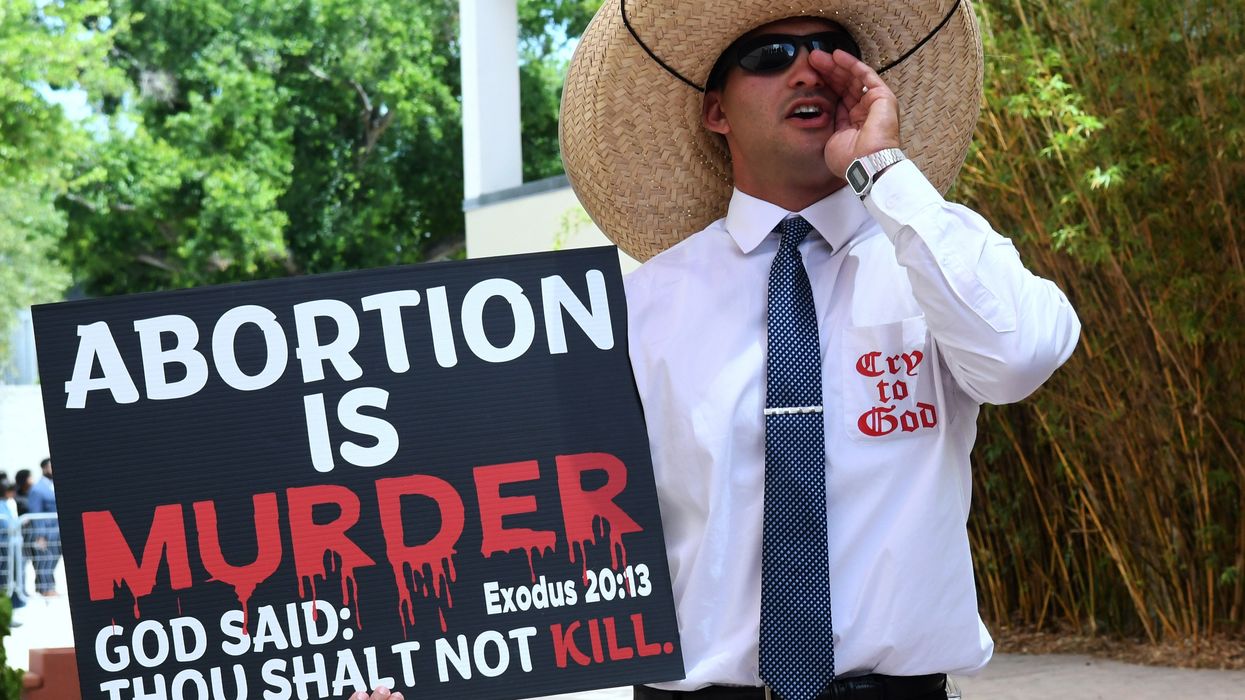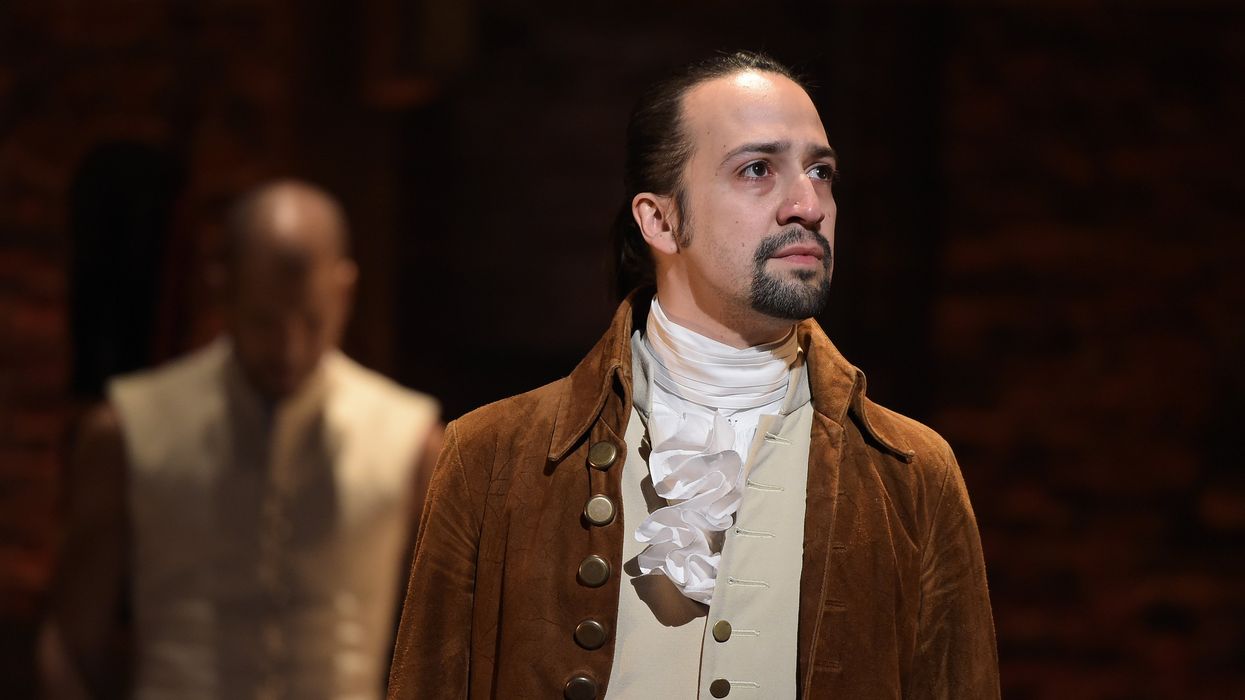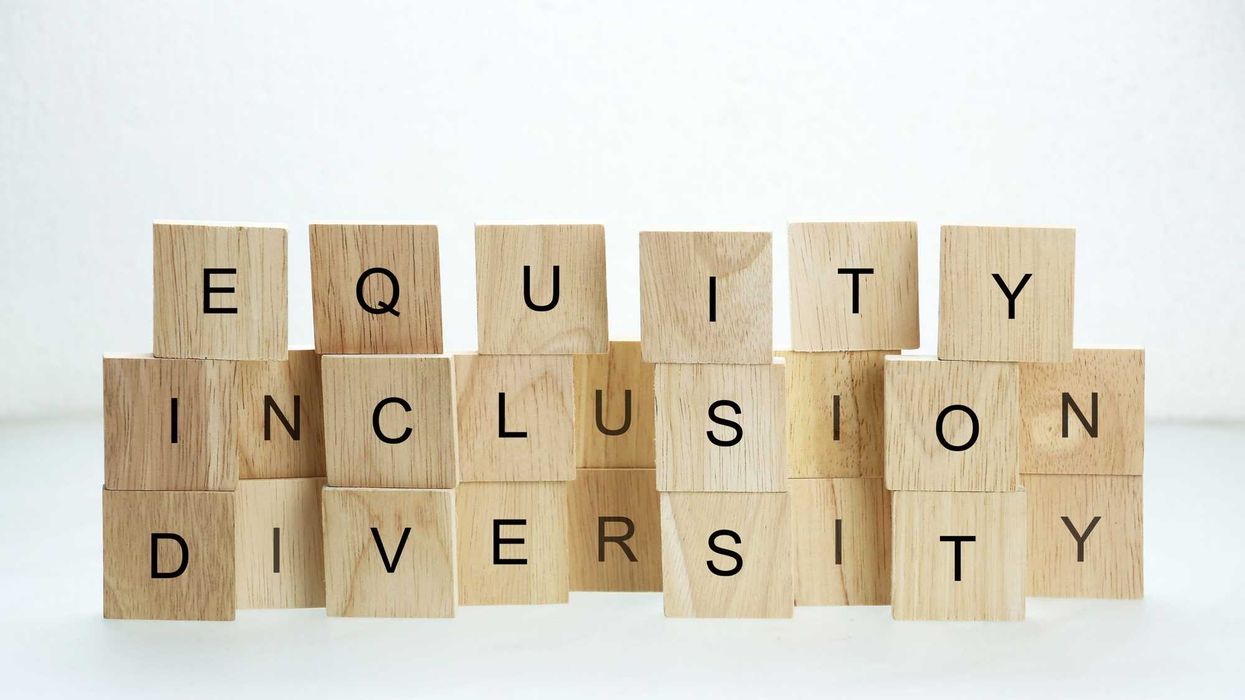Johnson is a United Methodist pastor, the author of "Holding Up Your Corner: Talking About Race in Your Community" and program director for the Bridge Alliance, which houses The Fulcrum.
The Supreme Court’s Dobbs decision sent shockwaves through the very soul of America, shattering the fragile peace that once existed around the issue of abortion. But amid this upheaval, a quiet reckoning is taking place within the anti-abortion movement itself — a reckoning that lays bare the tangled threads of race, religion and power that have long defined this struggle.
To truly understand this moment, we must first confront the roots of the anti-abortion movement as we know it today. It is a movement born mainly of the white evangelical Christian right, which found its voice in opposition to Roe v. Wade in the tumultuous decades of the 1970s and ‘80s. For many conservative evangelicals, the issue of abortion became a rallying cry, a bulwark against the perceived threats to traditional authority and values.
Yet this history sits in uneasy tension with the movement's professed commitment to the sanctity of all human life. It is a dissonance that grows harder to ignore as the movement itself becomes more multiracial, more multifaith. Today, increasing numbers of Black and Latino Christians stand as anti-abortion witnesses, driven by a potent mix of religious conviction and deep concern over the disproportionate impact of abortion in their communities. These voices are calling the movement to account, forcing a reckoning with its racial blindspots and its often-unexamined alliance with a conservative agenda that has all too often devalued Black and brown lives.
At the same time, the goals of the anti-abortion movement have grown more politically charged. In the aftermath of Dobbs, many states have enacted near-total abortion bans, with no allowance for rape or incest. These laws have sparked outrage even among some conservatives, who feel the movement has lost sight of its earlier emphasis on finding common ground to reduce abortions through supporting women and families.
This is not merely an academic question. The answer will have real-world consequences for abortion access, for racial justice and for the very health of our democracy. It demands introspection and courageous conversations about some uncomfortable truths that have long divided us. For courageous conversations to happen, curated space is required where the diverse voices within the anti-abortion movement can be truly heard, particularly those from communities of color. This means more than just tokenizing their presence — it means actively centering their stories, perspectives and wisdom.
Second, the movement's fraught history must be faced head-on without recourse to platitudes or evasions. To do so means grappling with how opposition to abortion became intertwined with resistance to racial and gender equality and how this legacy continues to shape the movement's priorities in the present day.
Third, a more expansive definition of "pro-life" encompassing economic justice, racial equity and the inherent dignity of all human life is demanded. A more expanded or nuanced understanding should advocate for policies that support vulnerable families, address the racial disparities that have long plagued us and promote a more just and equitable society for all.
Finally, we must dialogue with those who disagree with us as our human peers, driven by sincere convictions and a shared desire to do what is right. It means listening actively, speaking humbly and seeking common ground wherever possible, even as we stand firm in our principles.
Ironically, in this moment of upheaval lies an opportunity to forge a new path that is more inclusive, more just and more truly committed to the flourishing of all human life. The question is, will we dare have the necessary courageous conversations?




















